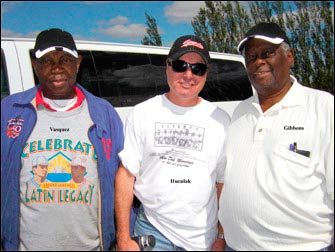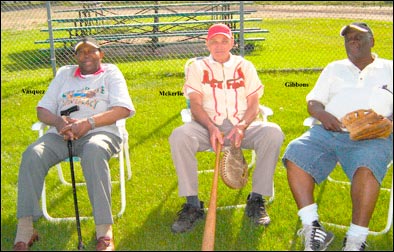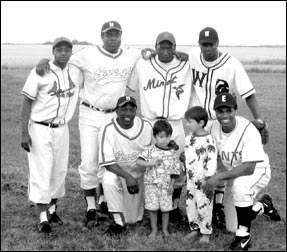Photographs
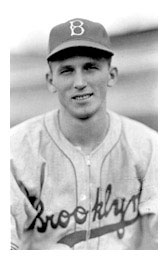

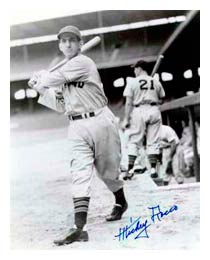
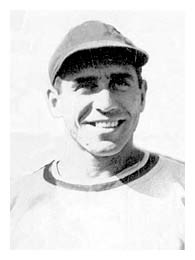
Left to Right: Ed Albosta, Duke & Ed Bowman, Mickey Rocco, Yogi Giammarco
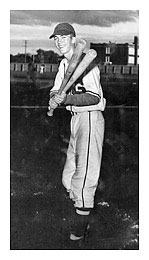
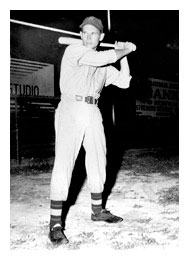
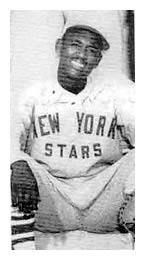
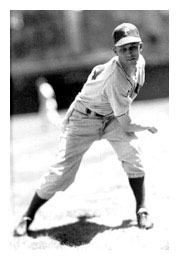
Left to right: Gerry MacKay, Jack Cooper, Othello Renfroe, Ed Albosta
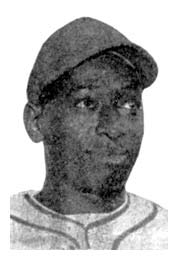

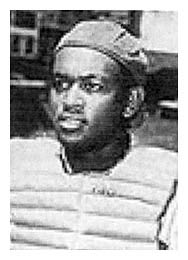

Left to right : Butch Davis, Willard Brown, Othello Renfroe, Ted Strong

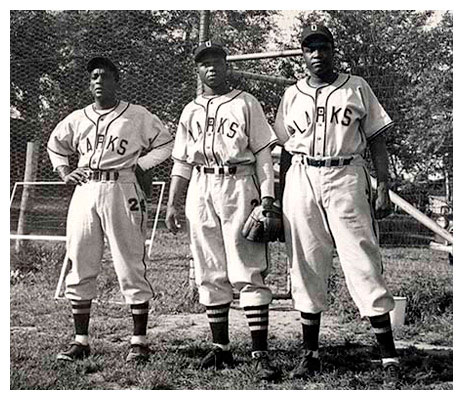
Left: Steve Wylie. Right: Sugar Cain (middle) of the Oakland Larks.
Sugar Cain - Oakland Larks
The West Coast Association Negro Baseball League was formed in October 1945 in Oakland, California by the High Marines Social Club and prospective team representatives. Teams included the Oakland Larks, San Francisco Sea Lions, Seattle Steelheads, Los Angeles White Sox, Portland Roses and San Diego Tigers. The Seattle Steelheads were formerly the Harlem Globetrotters barnstorming team.
The league wanted to provide profitable Negro baseball in major Pacific Coast cities. They played in stadiums used by teams in the Pacific Coast League while those teams were on the road. Teams also booked non-league games throughout North America. The Larks played home games at parks in Berkeley and Oakland, and in barnstorming games around the West and Midwest.
The league officially opened its first season April 1946. However, from the outset some of the teams had financial difficulty. The league struggled with some of the teams folding by 1947. The remaining teams carried on as a loose confederation before permanently disbanding in 1949. What had seemed like a good idea in 1945 during the baseball-starved atmosphere of wartime America lost its luster by 1947 as the major leagues returned to full operation. Interest in the Negro Leagues generally declined after Jackie Robinson broke major league baseball's color barrier in 1947.
Jim West, a renowned Negro Leagues player from Philadelphia, brought several talented teammates to California to play for the Larks who were the leagues first champions in 1946. The Oakland Larks players in the photo are (left to right) Spec Roberts, Sugar Cain and Ira Wells. Since Sugar Cain lived in Philadelphia; he is possibly one of the players recruited by West. As some of the teams folded, players joined other teams in the area. Cain was with the San Francisco Cubs when they played in Minot in 1949. He reportedly played for the Cubs for the 1949 and 1950 seasons and played winter ball in Mexico. He joined the Mallards along with Othello Renfroe in 1951 and became one of the ManDak League's premier players. See more about Cain on the Looking Back Page and the Biographies 1 Page.

Dean Scarborough, second baseman from Windom High School.
After service in World War II Scarborough spent four years in the minor leagues beginning in the New York Yankee farm system. Returning to the semi-pro game, he led the Western Minny League in hitting three consecutive years 1950 to 1952 with .419, .404 and .438 averages respectively. Spent the next four years in the ManDak semi-pro leagues, winning the batting title in 1953.

Fergus Falls Red Sox 1950 Minnesota Class AA State Champions
Photo from the book Town Ball. That's future Mallard left handed pitcher John Kelly in the center of the photo (just to left of pole). Kelly was 21-1 that season. Also, future Mallard Ev Faunce played for this team earlier in the season. The book credits Faunce with recruiting three fellow Minnesota Gopher football players for the team. None of these four players are in the above photo as they left for football prior to the state baseball tournament.
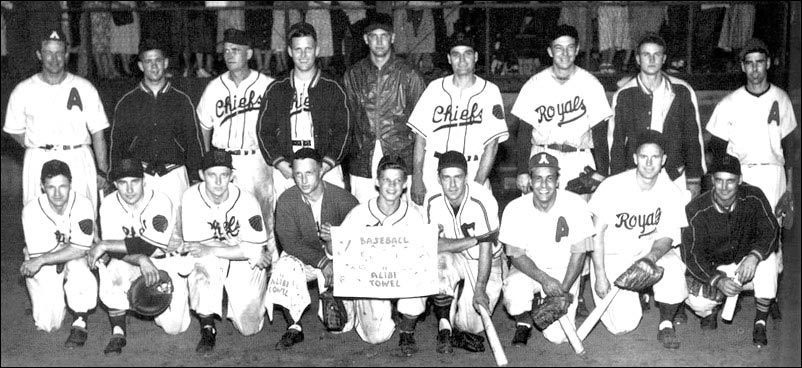
1952 Southern Minnesota League East All Star Team
Connie Juelke is in the first row, 8th player from the left (Royals uniform)
The Boys Who Came to Play
Bob Huculak, who recently finished a documentary on the Negro League players that came to play baseball in Canada (ManDak League) in the 1950's sent these photos. (Click the photo for a larger version.)
Left: Armando Vasquez, Bob Huculak and Dirk Gibbons. Right the cast and uniforms of The Boys Who Came To Play.
Left: Gibbons throwing to catcher Almer McKerlie with Vasquez at the plate. Right: The cast in a Manitoba wheat field.
Left: Armando Vasquez, Almer McKerlie, Dirk Gibbons during their Manitoba visit. Right: The cast
I asked Bob about the uniforms that he used for the Documentary and here is what he had to say about them:
"Having no budget I had no choice but to make the crest for the uniforms myself, I had never done anything like this before but I figured I had to make it work.
I used the photo of the Mallards uniform you sent to me last summer, photo copied it, then blew it up to approximately the proper size based on the photo. I cut out "Minot" separately that left the outline by itself. Glued the "Minot" outline on red cloth, then cut the cloth around it. Glued "Minot" onto green and also cut around it. I took the green glued it over the red and that's how I did it. Same with the "Giants" and "Buffaloes". Took it to a sportswear manufacturer where he put it onto a stiff backing.
The guy who was suppose to make the uniforms never showing up to work. This was Friday and we were scheduled to shoot on Saturday, leaving me high and dry I now had nobody to make 4 pairs of baseball pants and 3 jerseys with numbers and crest sewn. Miraculously at 1pm a gentlemen saw me with the Carman Cardinals uniform (we used as a design template) asked about it, I told him I needed some sewn and he said his girl at work could do it. I met the girl at 3:00 that afternoon and by 3:30 Saturday they were done. Behind schedule by about 3 hours, we still had to drive an hour outside of Winnipeg to shoot the recreations in 2 different locations. Also shot other footage but, because of broadcast time constraints, were never used."
After seven years in the making, Bob Huculak has finished his documentary titled "The Boys Who Came to Play" about. the Negro League baseball players that came to Canada in the 1950's. Bob wrote, directed and produced the documentary which features Minot Mallards pitcher Dirk Gibbons and other ManDak League players. Gibbons played for the Brandon Greys before coming to Minot to play for the Mallards. Recently it was announced that "The Boys Who Came To Play" has been nominated for a Golden Sheaf Award at the Yorkton Short Film Festiva, the oldest film festival in Canada. The films nominated are selected by a jury of filmmakers from across Canada..

